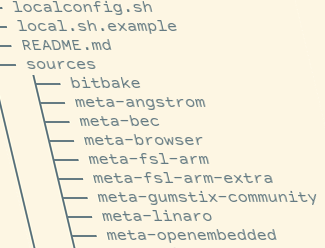Separation of Source and Build Directories

As we work with larger and more complex systems (i.e. Linux), more and more of our time is spent on integration and pulling different pieces together. We often need to debug or understand code we did not write — especially in build systems. To work effectively in this scenario you must be able to quickly search through a lot of source code. Therefore, we are always looking for ways to make this more efficient.
